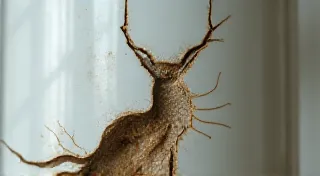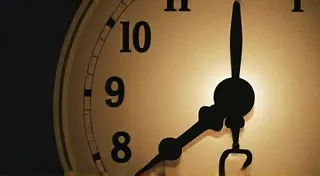Shattered Reflections: The Psychological Symbolism of Broken Combs
The clatter of a dropped comb. A sudden, sharp crack. These sounds, seemingly insignificant, can evoke a peculiar sense of melancholy, particularly when the comb is old, a relic of a bygone era. Collecting vintage hair combs is more than just acquiring beautiful objects; it’s about touching history, feeling the echoes of lives lived, and understanding the subtle language of forgotten rituals. And sometimes, that language speaks most powerfully through the broken ones.
My own fascination with these small treasures began, as many do, with a single discovery. As a child, rummaging through my grandmother’s attic, I unearthed a box filled with forgotten trinkets. Among them lay a tortoiseshell comb, its teeth fractured, its once-glossy surface clouded with age. It wasn't beautiful in the conventional sense; it was damaged, incomplete. Yet, it held a peculiar allure, a silent story begging to be understood. My grandmother, a woman of few words but boundless grace, simply said, “That belonged to my mother. It broke when she lost her husband.” The weight of that single sentence, combined with the tangible weight of the comb in my hand, sparked a lifelong passion.
A History Etched in Ivory, Horn, and Steel
Before the rise of mass production, hair combs were far more than functional objects; they were statements of status, artistry, and personal style. During the 18th and 19th centuries, combs crafted from ivory, tortoiseshell (not actual shell, but the keratinous plates of Hawksbill turtles), and horn were status symbols of the wealthy. Intricate carvings, delicate inlays of gold or silver, and the sheer expense of the materials signified affluence and refinement. Steel combs, while more accessible to the middle class, were still crafted with considerable skill, often featuring delicate floral patterns or geometric designs. The evolution of comb design reflects the changing fashions of hairstyles, from the elaborate up-dos of the Victorian era to the simpler, shorter styles of the 1920s.
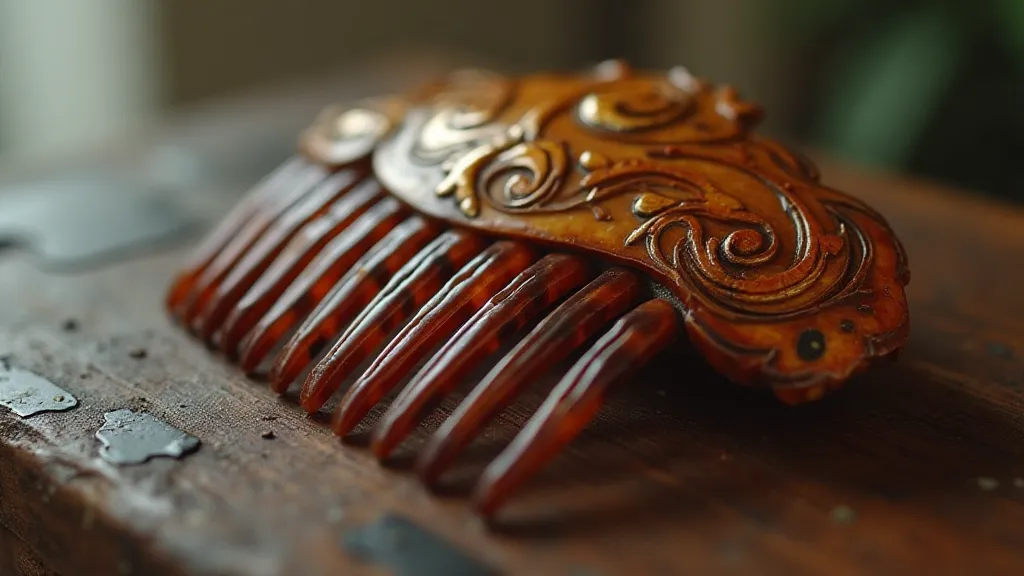
Consider the elaborate combs of the Art Nouveau period. Each curve, each flourish, echoed the natural world, reflecting a desire to move away from the rigid formality of the past. These weren't just tools for grooming; they were wearable art, meticulously crafted to complement the hairstyles they adorned. Then came the geometric Art Deco styles, reflecting a modernist aesthetic – clean lines, bold patterns, and a sense of optimistic modernity. The materials shifted too – bakelite, celluloid, and even plastics began to appear, broadening access to fashionable hair accessories.
The Psychology of Loss and Beauty
But what of the broken ones? Why are we drawn to objects that have suffered damage? I believe it’s because they offer a glimpse into the fragility of beauty, the inevitability of loss, and the passage of time itself. A shattered comb isn’t simply a discarded object; it’s a silent witness to a moment of sorrow, a visual representation of a broken promise or a lost dream. Perhaps it was dropped in haste during a moment of distress, or snapped from the frustration of a difficult situation. The damage becomes imbued with an emotional resonance that a pristine, perfect comb simply lacks.
The act of holding a broken comb is strangely cathartic. It's a reminder that even the most beautiful things are vulnerable, that time leaves its mark on everything. The cracks and chips tell a story, a narrative far more compelling than the glossy perfection of a flawless accessory. It’s easy to idealize the past, to imagine a world of effortless grace and unwavering happiness. But the broken combs offer a more honest perspective – a recognition that even in the most glamorous of eras, life was marked by sorrow and loss.
Craftsmanship and the Subtle Art of Preservation
For the collector of vintage hair combs, the broken ones present a unique challenge and a unique opportunity. While the temptation is often to discard damaged items, there’s a certain artistry in preserving them, in acknowledging their history, and in celebrating their resilience. Sometimes, a simple cleaning is all that's needed to reveal the beauty that lies beneath the grime of ages. Other times, more delicate intervention is required – stabilizing cracked teeth, reattaching broken pieces, or gently polishing the surface to restore its luster.
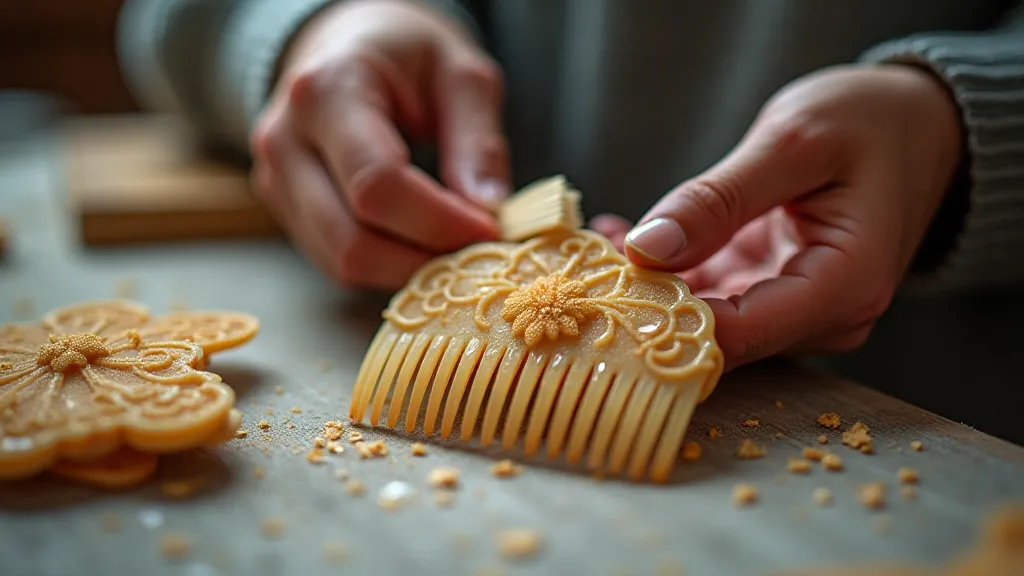
It’s important to remember that these are antiques, not museum pieces. Aggressive restoration can often diminish their value and authenticity. The goal isn't to make them perfect again, but to stabilize them, to preserve their integrity, and to allow their story to continue. The small imperfections – the chips, the cracks, the faded finish – are all part of their history, and should be respected. It is tempting to replace missing teeth or repair significant damage, but frequently it is more suitable to leave the comb as it is. A small amount of glue, a careful cleaning, and an appreciation for its age can often suffice.
More Than Just an Object
Collecting vintage hair combs, especially the damaged ones, isn's about acquiring possessions; it’s about connecting with the past, about understanding the lives of those who came before us. It's about appreciating the beauty of imperfection, and recognizing that even in the midst of loss, there is still something worth preserving. Each broken comb whispers a story—a tale of heartbreak, resilience, and the enduring power of beauty. They are fragments of history, tangible links to a world that has vanished, reminders that even the most delicate of objects can hold profound meaning.
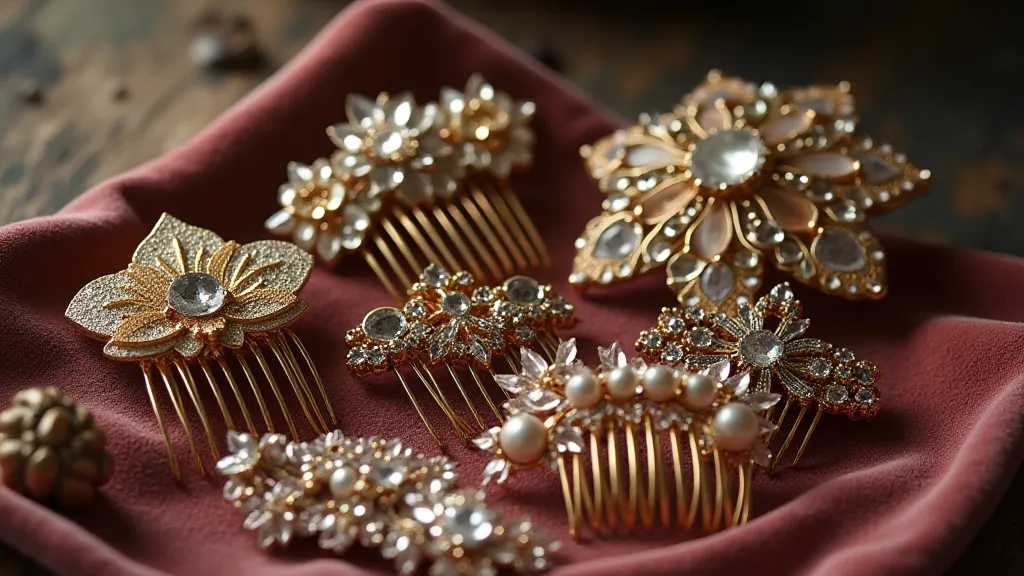
The next time you encounter a broken comb, don't discard it. Pick it up. Hold it. Listen to the story it has to tell. You might be surprised at what you discover.

